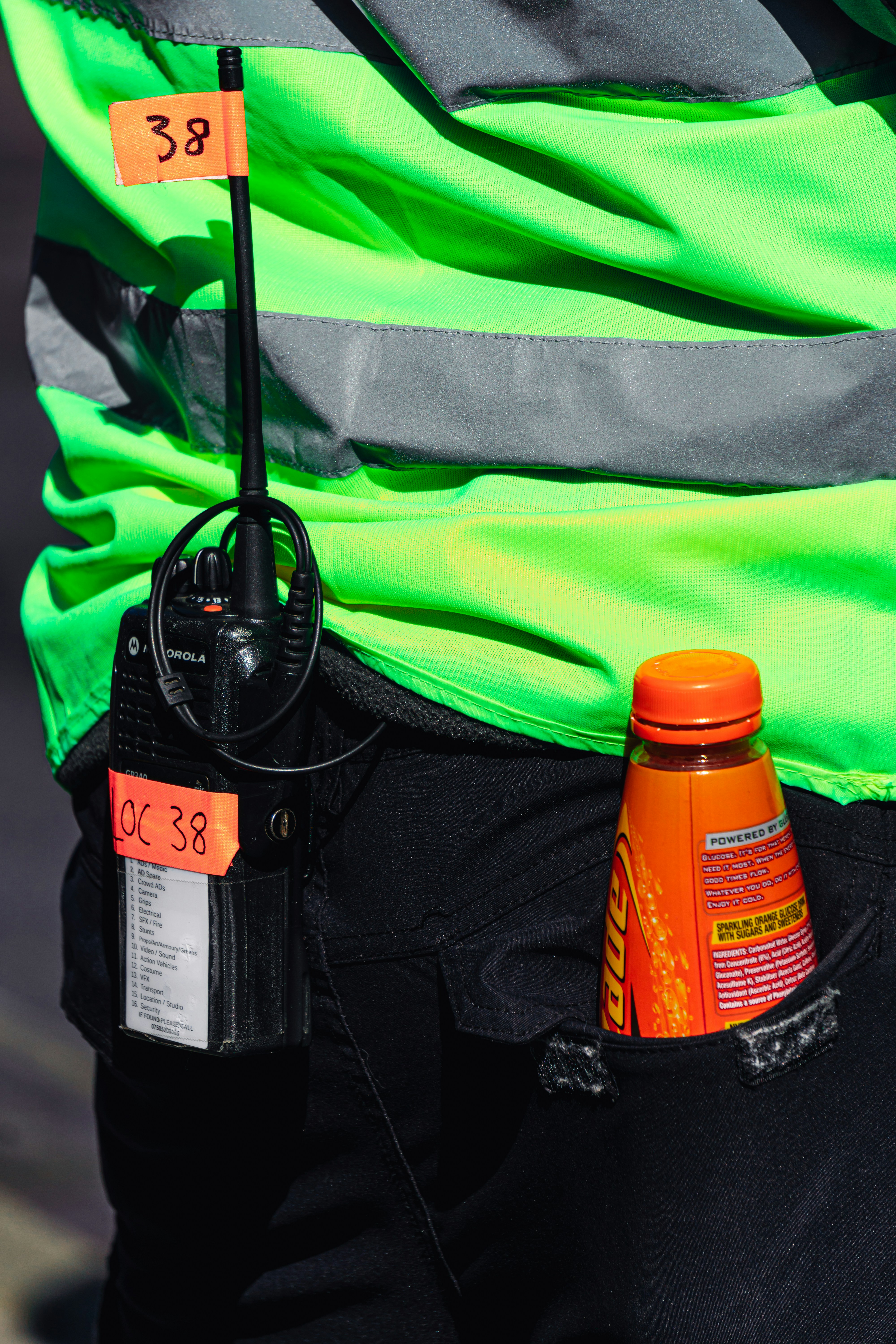The Importance of Effective Communication in Hurricanes
When hurricane season strikes, clear and timely communication becomes a lifeline for communities. Effective emergency communication strategies are crucial in ensuring that residents receive vital information, can make informed decisions, and stay safe throughout the storm. This blog will explore the essential components of robust communication plans, technological tools available, and how communities can prepare for effective information dissemination during hurricanes.
Elements of a Successful Communication Strategy
A successful emergency communication strategy involves multiple elements working in harmony. Here are some critical components:
1. Pre-storm Planning
Preparation is key. Before a hurricane hits, local governments and organizations should develop communication plans that detail how information will be disseminated to the public. This involves identifying key contacts, establishing communication hierarchies, and setting up dedicated teams to manage the flow of information. These efforts can be explored further through the HelpNow Project.
2. Diverse Communication Channels
In a digital age, relying on a single communication channel is insufficient. Effective strategies involve using a combination of traditional media (such as radio and television) and digital platforms (such as social media, mobile alerts, and websites). This ensures that information reaches the widest possible audience, including those who may not have internet access during a power outage.
3. Real-time Updates
Providing real-time updates is essential for maintaining trust and ensuring the community acts on the most current information. Authorities should work with meteorologists and emergency services to relay live updates on the storm’s path, evacuation orders, and available resources.
Utilizing Technology for Efficient Communication
Modern technology offers tools that enhance the efficiency and reach of emergency communication strategies. These innovations can significantly impact how communities prepare for and respond to hurricanes.
Emergency Alert Systems
Many regions utilize emergency alert systems (EAS) capable of sending notifications directly to mobile devices, radios, and televisions. These systems provide immediate alerts about severe weather conditions and critical safety information. The Federal Communications Commission (FCC) provides more details on how emergency alert systems work in the United States.
Social Media and Digital Platforms
Social media platforms like Twitter and Facebook play a vital role in modern communication strategies. They allow for rapid dissemination of information, and users can share updates with their networks, effectively widening the reach. Moreover, platforms like these enable interaction, allowing the public to ask questions and receive direct responses from officials.
Mobile Applications
Specialized mobile apps can provide real-time weather updates, safety tips, and local shelter locations. These apps are invaluable tools for individuals to access critical information and plan their responses during a hurricane.
Preparing the Community for Effective Communication
Communities can take proactive steps to ensure they’re ready to receive and act on emergency communication:
1. Community Education
Hosting educational workshops and events to inform residents about available communication channels and how to access them during emergencies is crucial. Emphasizing the importance of staying informed can save lives. HelpNow offers courses on community safety and preparedness.
2. Encouraging Preparedness
Encourage households to prepare emergency kits containing essential items like a battery-operated radio, flashlight, and spare batteries. These kits ensure residents remain connected even during power outages.
3. Building a Local Communication Network
Establish a network of community leaders and volunteers who can assist in disseminating information throughout neighborhoods. This grassroots effort ensures that even those without access to digital platforms receive important updates.
Looking Ahead: Continuous Improvement
Emergency communication strategies must evolve continuously to remain effective. After each hurricane season, reviewing and refining communication plans based on feedback and observations is vital. By fostering a culture of learning and adaptation, communities can enhance their resilience against future storms.
In conclusion, while technology and modern tools offer significant advantages in emergency communication, the foundation lies in thorough planning, diverse communication channels, and community preparedness. As we face increasingly unpredictable weather patterns, refining these strategies will be essential for protecting lives and property during hurricanes. For more resources on disaster preparedness, visit our blog and learn how you can support our mission by donating to HelpNow.

